How Social Stories Help Children in ABA Therapy
Empowering Children Through Structured Narratives: The Role of Social Stories in ABA
Understanding Social Stories in ABA Therapy
Applied Behavior Analysis (ABA) therapy incorporates diverse strategies to aid children, particularly those with autism, in improving their social and communication skills. One such effective tool is the use of social stories. Originally developed by Carol Gray in the early 1990s, these stories serve as structured narratives aimed at enhancing social understanding and behavior among children with autism. This article explores the integration of social stories in ABA therapy, examining their benefits, effectiveness, and guidelines for implementation in educational and therapeutic settings.
The Role of Social Stories in ABA Therapy
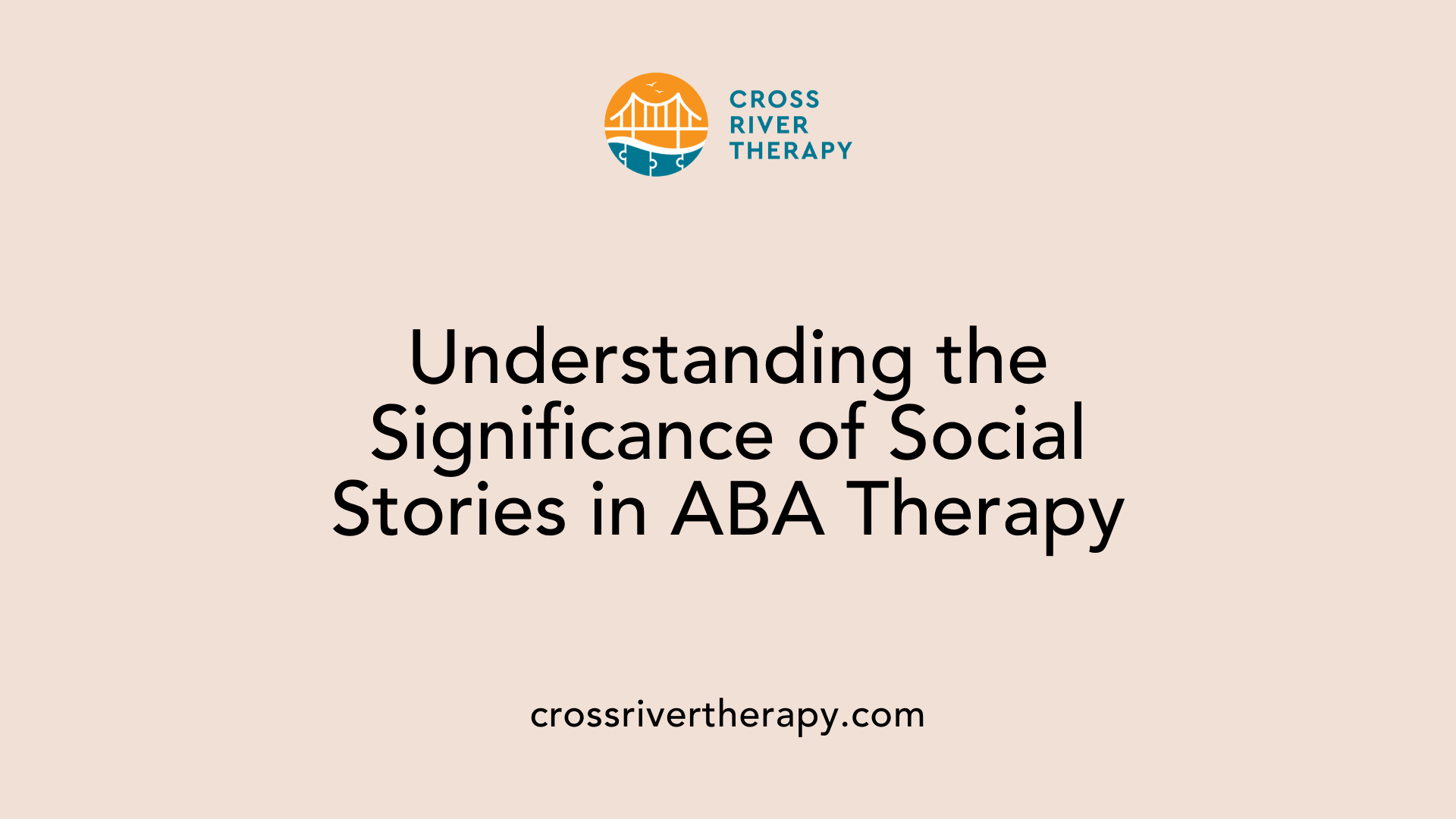
What is a social story in ABA therapy?
A social story in ABA therapy is a structured narrative crafted to assist individuals with autism in understanding social norms and enhancing communication skills. These narratives, developed by Carol Gray in 1991, outline various social situations and expected behaviors. They serve to address common challenges faced by autistic children by offering clear visual and textual guidance. This structured approach has been shown to positively influence behavior, aiding in management and fostering social development. Including visuals can further simplify complex scenarios, ensuring children grasp social contexts better. When children actively participate in creating their stories, it increases their engagement and motivation.
What is the effect of social stories on the social skills of children with autism spectrum disorder?
Research indicates that social stories can significantly enhance the social skills of children with Autism Spectrum Disorder (ASD). They provide straightforward guidance on appropriate social interactions, which leads to better communication and an improved understanding of social cues. Furthermore, these narratives help reduce anxiety, making social situations more approachable for children.
However, while numerous studies highlight positive effects, it is important to note that the effectiveness can vary. Some research suggests that combining social stories with other techniques, like video modeling and role play, yields better results. Ongoing studies aim to refine the implementation of social stories to maximize their benefits for children with autism, enhancing their developmental trajectories in social understanding and behavior.
| Aspect | Details | Benefits |
|---|---|---|
| Purpose | To help children understand social situations | Improves communication skills |
| Origin | Developed by Carol Gray in 1991 | Addresses specific social challenges |
| Benefits | Reduces anxiety, supports positive behavior | Enhances emotional well-being |
| Implementation | Often used in ABA therapy contexts | Facilitates learning in inclusive classrooms |
Benefits and Limitations of Social Stories
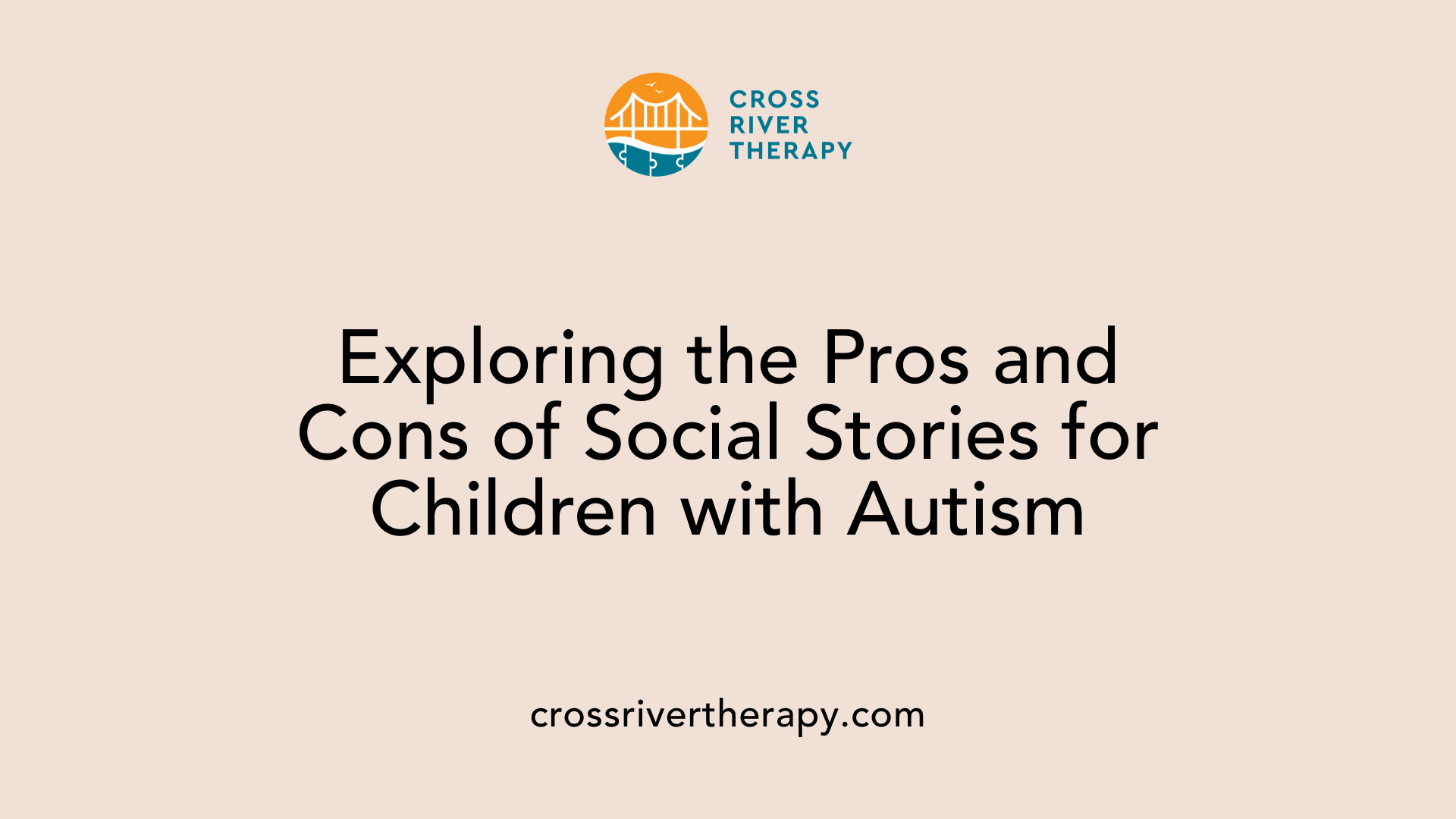
Advantages for Self-Regulation and Emotional Skills
Social stories serve as valuable tools for enhancing self-regulation and emotional skills in children with autism. They provide clear, structured narratives that depict specific social situations and expected behaviors. This helps children understand social cues, manage their emotions, and adjust their behaviors appropriately. By using a combination of descriptive, perspective, and directive sentences, social stories encourage children to internalize social norms, thereby facilitating smoother social interactions in both familiar and unfamiliar settings.
These narratives also help reduce anxiety by offering predictable information about social scenarios. In this way, children learn to anticipate outcomes and prepare their responses, which can foster confidence and build self-esteem. With consistent use, social stories can eventually enhance self-care skills and academic abilities, supporting a well-rounded development.
Limitations of Using Social Stories Alone
Despite their numerous benefits, social stories alone may not be sufficient for every child. A study by Kokina and Kern (2010) indicated that only 7% of assessed social story interventions resulted in observable behavior changes, highlighting their limited effectiveness when applied in isolation. Additionally, some research emphasizes that combining social stories with other approaches, such as video modeling or role play, yields more significant results.
Research Insights on Social Story Effectiveness
Research suggests that social stories can spark improvements in social communication behaviors, especially in inclusive classroom environments. For example, an intervention package combining social stories with comprehension exercises and role plays led to increased appropriate behaviors and a decrease in inappropriate ones, lasting for up to ten months post-intervention. These findings highlight the potential long-term benefits of using social stories strategically in Applied Behavior Analysis (ABA) therapy and special education settings.
Hence, while social stories are effective for many children, leveraging them along with other techniques often results in a more comprehensive behavioral strategy.
Integrating Social Stories in Classroom Settings
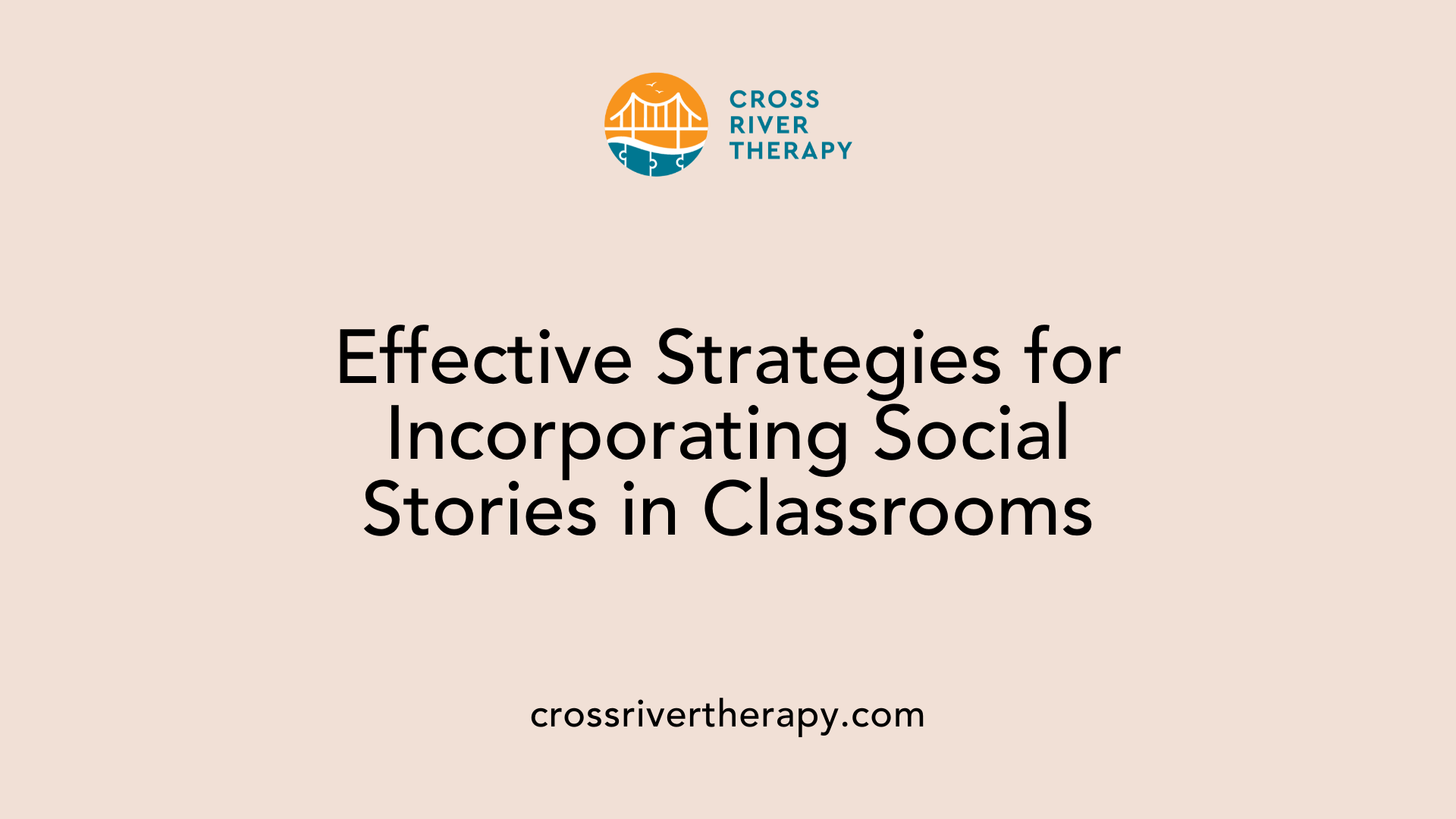
How can social stories be effectively used in a classroom setting?
Social stories are powerful tools within classroom settings, crafted to support children in understanding social norms and managing their behaviors. Customizing these narratives is essential for their effectiveness. Teachers should use simple language and engaging visuals tailored to individual learners, making the stories relatable and easier to comprehend.
Implementing these stories involves a strategic approach. For instance, educators can introduce social stories during calm moments of the day. This allows students to absorb the content without added distractions. Reading the stories multiple times reinforces understanding, while role-play can be utilized to demonstrate the concepts further, turning theoretical knowledge into practical skills.
Collaboration with parents is also a crucial component. Sharing copies of the social stories enables families to maintain consistency and provide ongoing reinforcement at home. By employing social stories in conjunction with other instructional methods—such as video modeling and structured behavioral strategies—teachers can significantly enhance self-regulation skills and foster positive behavior among all students.
Role of teachers in using social stories effectively
Teachers play a vital role in the successful integration of social stories. They should be trained to identify specific social skills or behavioral issues that social stories can address, such as making eye contact, sharing, or managing transitions.
The narrative structure is key. Educators should ensure that each social story includes descriptive sentences to set the scene, perspective sentences for empathy, directive sentences to guide expected actions, and affirmative sentences to promise positive outcomes.
In summary, effective utilization of social stories in classrooms involves thoughtful customization, consistent reinforcement, and collaboration with families, coupled with effective teaching techniques to promote social understanding and behavior management.
Research and Evidence on Social Stories
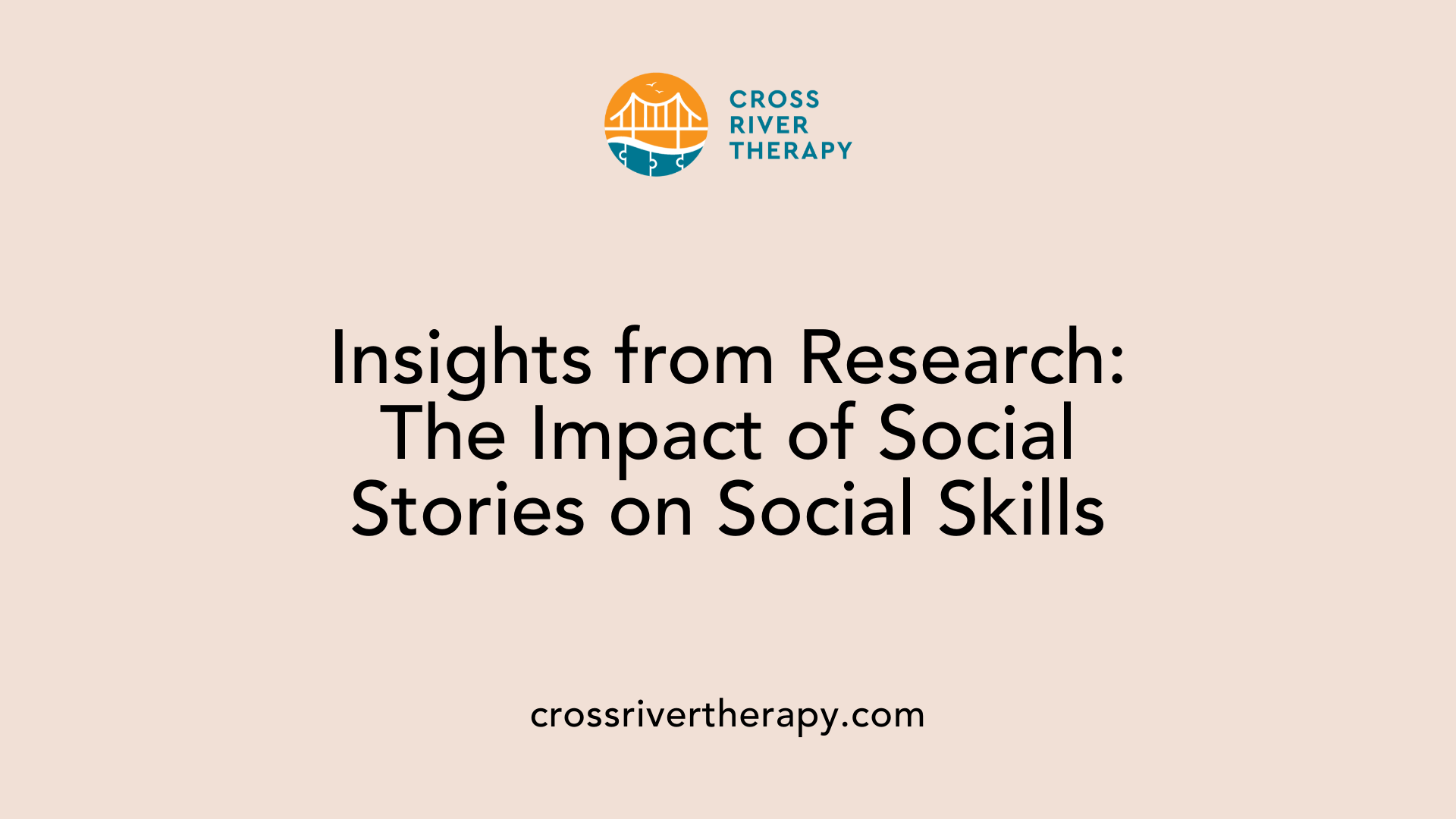
Long-term behavioral changes observed with social stories
Social stories, developed by Carol Gray, provide narratives that help children, particularly those with Autism Spectrum Disorder (ASD) and ADD/ADHD, navigate social situations. A study on the application of social stories in ABA therapy found that students showed significant increases in appropriate social behaviors and decreases in inappropriate ones following their intervention.
Participants maintained these positive behavior changes for up to 10 months post-intervention, highlighting the enduring effectiveness of social narratives in promoting self-regulation and social understanding. These stories utilize simple, illustrated narratives to convey complex social norms, making them essential for enhancing communication skills in various settings, particularly full-inclusion classrooms.
Studies supporting multifaceted approaches
While social stories are effective, research indicates that combining them with other instructional strategies can yield even better results. A study by Kokina and Kern (2010) revealed that only 7% of social story interventions prompted behavior changes when used alone. Consequently, integrating methods such as video modeling and role play significantly improves their efficacy.
Approaches like the Teaching Interaction Procedure showed to be more effective than social stories alone for teaching appropriate behaviors. This structured method employs evidence-based techniques to address specific social skills, reinforcing the benefits of a comprehensive training strategy in developing social proficiency among children with autism.
How does ABA therapy help with social skills?
ABA therapy aids in developing social skills for children with autism by enhancing their ability to engage in reciprocal conversations, which involves asking questions, listening actively, and responding appropriately. It also focuses on teaching nonverbal communication, helping children recognize facial expressions and body language, which is crucial for understanding social cues. Skills like turn-taking, following game rules, and playing gently are taught through structured interactive play activities, fostering effective peer interactions. Moreover, ABA therapy assists children in identifying emotions and understanding boundaries, enhancing emotional understanding and self-advocacy. Overall, this individualized and evidence-based approach significantly improves communication, social interactions, and the overall quality of life for children with autism.
Creating Your Own Social Stories
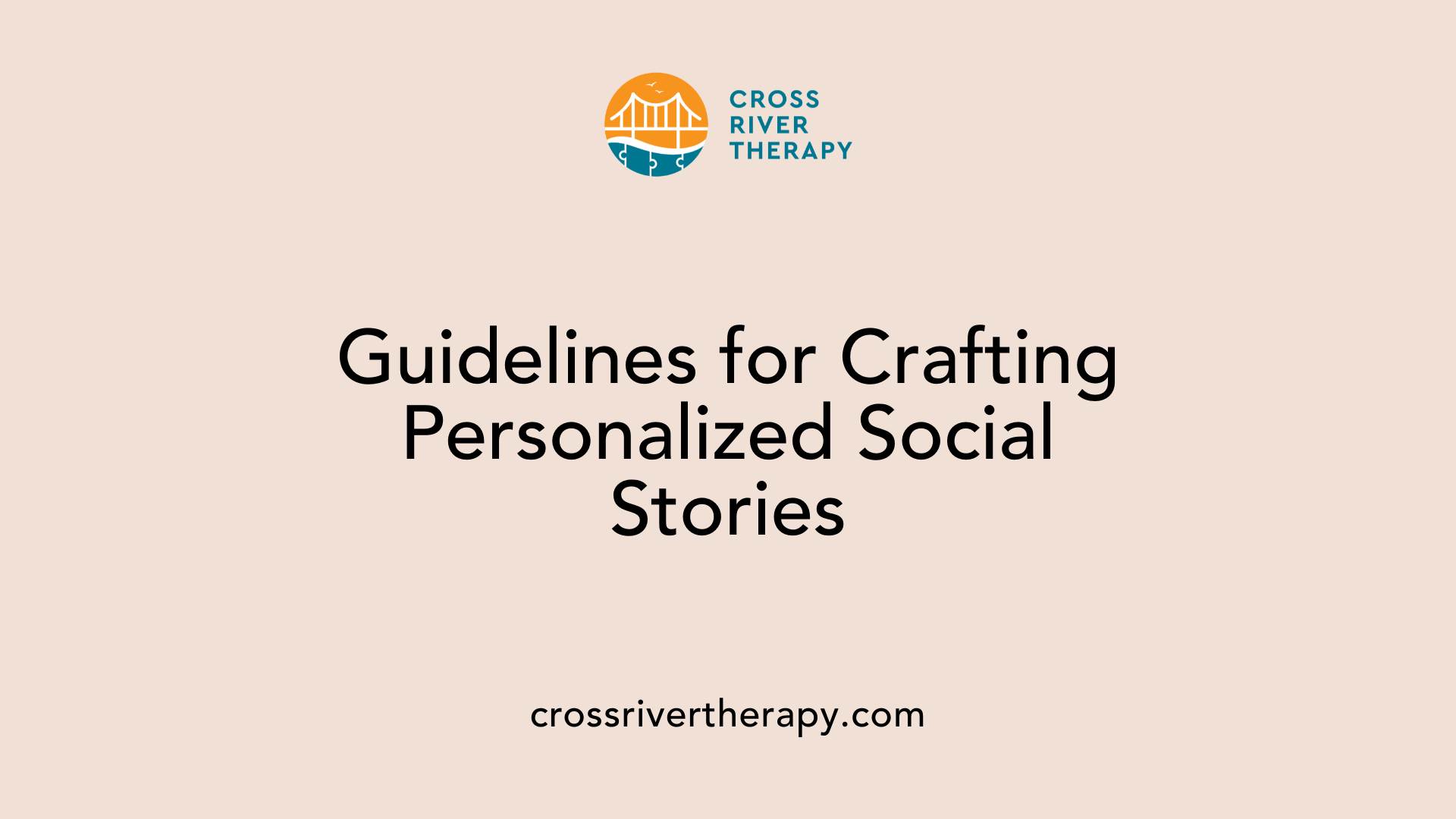
Guidelines for Creating Personalized Social Stories
Creating effective social stories involves several crucial steps:
- Identify the Goal: Understand the specific behavior or skill you want to address.
- Gather Information: Collect relevant details about the situation you want to illustrate. This could include where it happens, who is involved, and what reactions are appropriate.
- Tailor the Narrative: Use age-appropriate language and supportive tone. This customization ensures the story resonates with the child’s experiences.
- Employ Illustrations: Integrate visuals that help depict scenarios, aiding comprehension and engagement for children with autism.
- Test and Revise: After introducing the story, observe its impact and make adjustments as needed based on the child’s reactions and understanding.
Resources Available for Support
Yes, there are free resources available for creating social stories for kids with autism. Websites like Autism Little Learners offer a collection of social stories tailored for both home and school settings, covering various relevant topics. These include stories designed to help children with situations such as separation anxiety, fire drills, making eye contact, and table manners. Additionally, they provide free social story videos that are engaging and instructional. Overall, these resources serve as valuable tools for educators and caregivers to support children with autism in understanding social norms and expectations.
Harnessing the Power of Social Stories in ABA Therapy
Social stories are a powerful tool in ABA therapy, offering an accessible and structured approach to help children with autism navigate the complexities of social interactions. By tailoring these narratives to the individual needs of children, therapists and educators can promote better communication, enhance social understanding, and instill confidence in children as they face everyday social challenges. With supportive resources widely available, utilizing social stories effectively can transform therapy sessions and classroom experiences, paving the way for a more inclusive and empathetic educational environment.
References
- Using Social Stories to Improve Your Child's Understanding ...
- Social Stories - ABA Educational Resources
- A Social StoriesTm Intervention Package for Students with Autism in ...
- Do Social Stories Change Behaviour? - How to ABA
- Social stories and comic strip conversations - National Autistic Society
- Social Narratives in Context of Applied Behavior Analysis?
- How Social Stories Can Help in ABA Therapy | Childwise
- What Are Social Stories in ABA?
- Social stories and comic strip conversations - National Autistic Society



